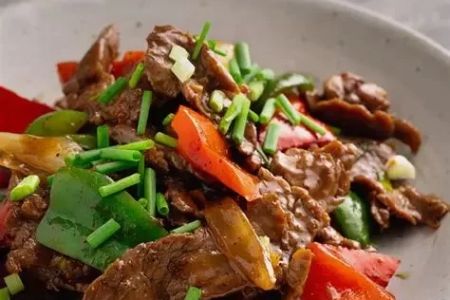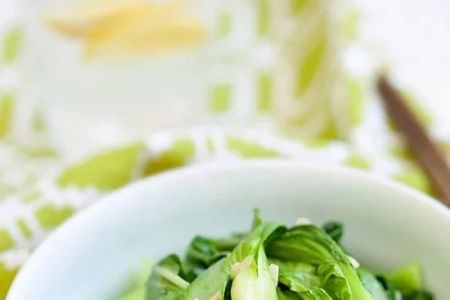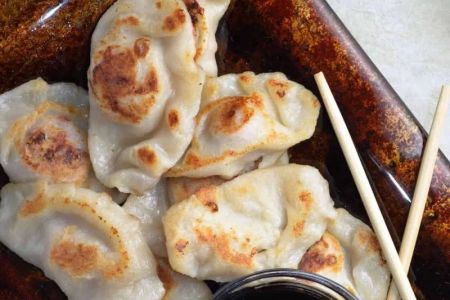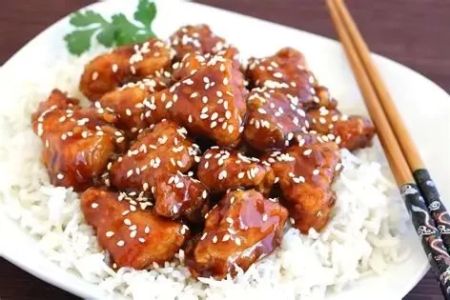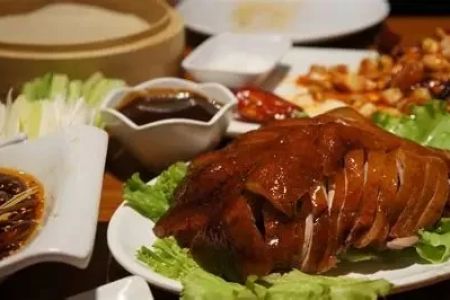- 1-overview-of-chinese-dietary-habits
- 2-regional-variations-in-chinese-cuisine
- 3-traditional-staples-and-common-ingredients
- 4-popular-chinese-dishes-and-their-cultural-meanings
- 5-modern-influences-on-chinese-eating-habits
- 6-personal-stories-and-cultural-insights
- 7-discovering-authentic-chinese-food-with-chinese-food
1. Overview of Chinese Dietary Habits
When exploring what do the Chinese eat, it’s important to understand that Chinese cuisine is not a monolith but a rich tapestry of tastes, textures, and traditions that have evolved over thousands of years. The diet in China traditionally emphasizes balance, freshness, and harmony, reflecting the philosophy of Yin and Yang. Meals often consist of a variety of dishes shared among family or friends, combining rice or noodles with vegetables, meats, and sauces.
Chinese eating habits prioritize freshness and seasonality, with a focus on nutritional balance. Meals are often prepared with minimal oil and spices compared to Western counterparts, preserving the natural flavors of ingredients. Understanding these fundamentals offers insight into the diversity and depth of Chinese food culture.
2. Regional Variations in Chinese Cuisine
2.1 The Eight Culinary Traditions
China’s vast geography has given rise to eight major culinary traditions, each with distinctive flavors and cooking methods. For instance, Sichuan cuisine is renowned for its bold, spicy flavors and the famous Sichuan peppercorn, which creates a numbing sensation. In contrast, Cantonese food emphasizes freshness and natural taste, often featuring steamed dishes and dim sum.
2.2 Local Ingredients and Climate Influence
The availability of ingredients, climate, and cultural influences shape regional diets. Northern Chinese cuisine tends to use wheat-based staples like noodles and dumplings, while southern regions prefer rice. Coastal areas incorporate abundant seafood, reflecting their proximity to the sea.
3. Traditional Staples and Common Ingredients
The answer to what do the Chinese eat cannot ignore staples such as rice, noodles, soy products like tofu, and an array of vegetables like bok choy and Chinese cabbage. Meat consumption varies but commonly includes pork, chicken, and duck. Seafood is also a staple in coastal areas.
Seasonings such as soy sauce, ginger, garlic, scallions, and fermented products like doubanjiang enrich the dishes. Traditional cooking techniques include stir-frying, steaming, braising, and deep-frying, each bringing out unique flavors and textures.
4. Popular Chinese Dishes and Their Cultural Meanings
Many Chinese dishes carry symbolic meanings tied to cultural beliefs and celebrations. For example, dumplings symbolize wealth and prosperity and are traditionally eaten during the Lunar New Year. Peking duck represents festivity and is often served on special occasions. Hot pot is a communal meal encouraging social bonding.
Understanding these dishes offers a window into Chinese values such as family unity, respect for tradition, and harmony with nature.
5. Modern Influences on Chinese Eating Habits
China’s rapid urbanization and globalization have introduced new ingredients and dining trends. Fast food chains and international cuisines are popular in urban centers, but many young Chinese also seek to reconnect with traditional flavors through innovative fusion dishes.
Health consciousness has risen, with greater emphasis on organic produce and balanced diets. Food delivery apps have transformed how Chinese people experience meals, offering convenience without sacrificing traditional tastes.
6. Personal Stories and Cultural Insights
Li Mei, a food blogger from Shanghai, shares, “Growing up, meals were a family affair. My grandmother’s recipes taught me that food is not just nourishment but a connection to our heritage.” Such stories reveal how deeply food is woven into Chinese identity and daily life.
These personal narratives highlight the emotional and social dimensions of eating, making the question what do the Chinese eat more than just a culinary inquiry—it’s a journey into culture and community.
7. Discovering Authentic Chinese Food with Chinese Food
For those eager to explore authentic Chinese cuisine, Chinese Food offers curated selections of products, recipes, and dining experiences that capture the essence of Chinese culinary traditions. Whether you’re seeking traditional ingredients or modern twists, this resource helps you connect with genuine flavors and cooking methods.
Embark on a flavorful adventure and deepen your appreciation for the rich, diverse foods that answer the question of what do the Chinese eat in a way that’s both educational and delicious.



